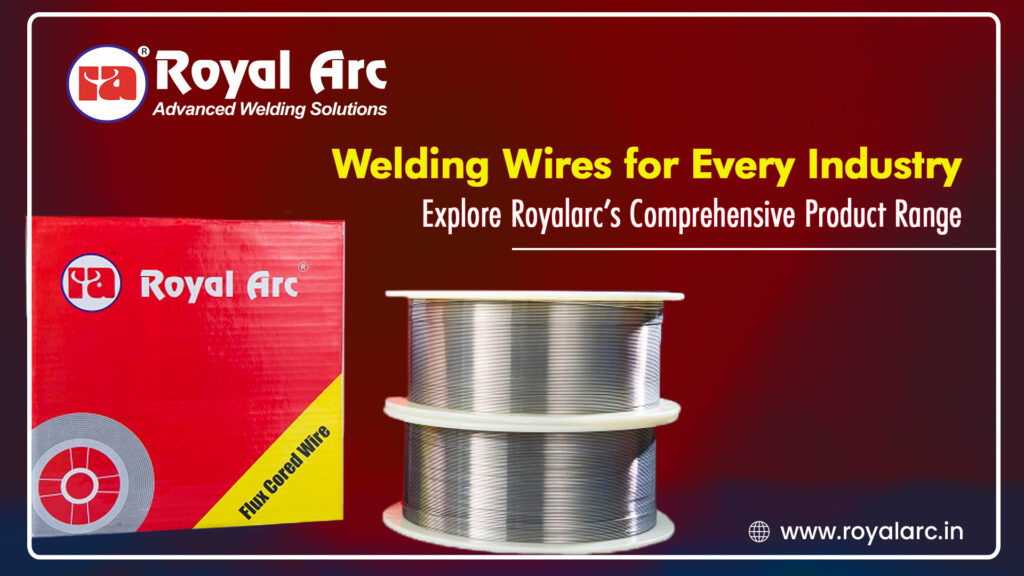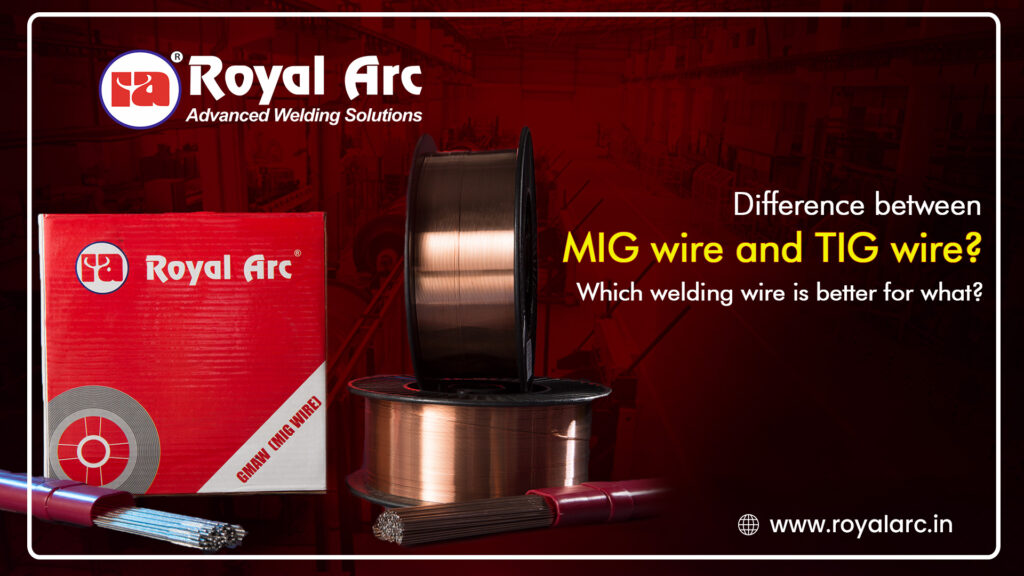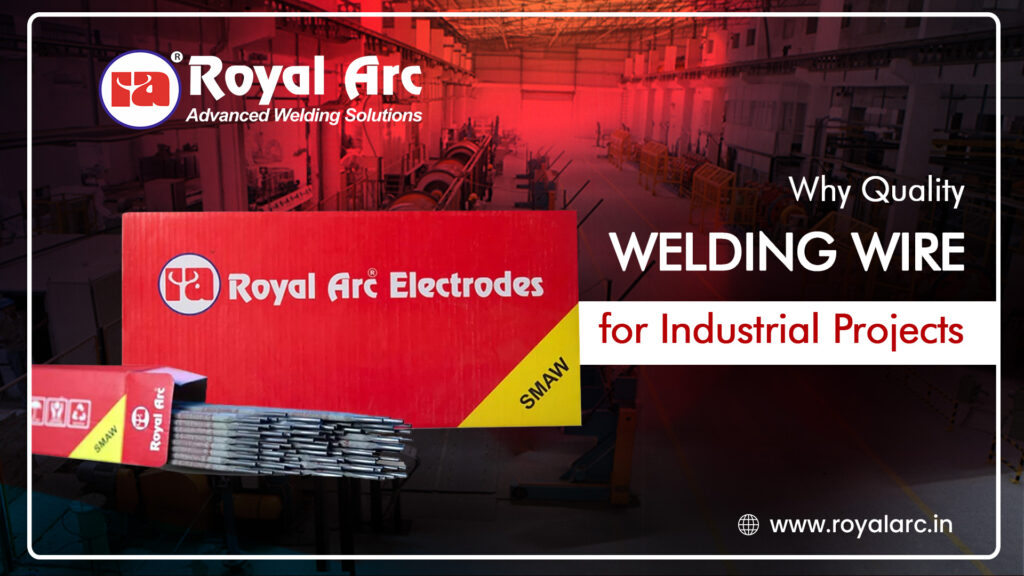Flux cored wires processing is a technique that the steel industry has used for many years. It is a process of melting scrap metal and then using an electric current to create a molten pool of liquid metal that can be brought to a desired shape.
This technique has several benefits over other methods of steel production. It’s less expensive than casting and forging. Additionally, flux-cored wire processing produces steel which is less expensive and more durable.
How to Optimize Your Process for Best Results with Flux Cored Wire
A flux cored wires are a metal type which is highly beneficial during welding. It has many advantages over other types of welding wire.
Flux cored wire manufacturers offer wires for the welding process that uses an electrode wire that has flux in it. The wire is fed through the welding gun, and when the operator pulls the trigger, it creates an electric arc between the electrode and the metal. The wire’s flux helps shield and protect the molten weld pool from atmospheric contamination. The flux core wire is expected to use with a shielding gas, such as CO2 or Argon. These gases protect you and your work from atmospheric contaminants like dirt, oil, dust etc. Flux-cored wires are often used for welding thick metals because they provide enough heat to melt through these materials quickly.
How do Flux Cored Wires save time and effort?
Welders frequently employ a shielding gas to prevent contamination of the weld pool. It requires different metals for different metals. Steel uses CO2, but thin steel uses a 75/25 combination of Argon and CO2. Aluminium is produced using argon.
Flux cored wire manufacturer suggests that when using flux-cored welding wires it does not require shielding gas since the flux inside the wire creates a shielding gas as it melts in the weld pool. This can reduce overhead expenses and save time.
Flux cored wires are mainly used for brazing, spot welding, and arc welding. It has a lower fire risk when compared to the gas tungsten arc welding (GTAW) or gas metal arc welding (GMAW). At the same time, the flux core can be replaced with a different type of filler material.
The Top 3 Factors That Determine the Success of Welding Using Flux Core Wire
Flux core welding is joining metal parts by melting and fusing the metal surfaces. Welding using flux core wires is a variation of this process that uses an electric arc to create an intense heat that melts the metal, solidifying once it cools. Several industries make use of different welding processes.
Flux core welding is a process of joining metal pieces by melting them together with a flux. The process is done with a wire that has an insulated coating and an uncovered core. The core melts away as it passes through the molten pool and leaves behind a molten pool in its place.
1) Flux type: Two fluxes are available for use in this welding process- wet or dry. Wet fluxes are more popular because they provide better protection against oxidation, which is important for some materials, like stainless steel. Dry fluxes are more popular for other materials, like aluminium and magnesium alloys.
2) Wire size: The wire size can vary depending on the type of welding and the material you’re working with. A thinner wire can go through a smaller hole, so it would be better for use on smaller holes where a less molten pool is needed.
3) Shielding gas: The shielding gas protects the core from oxidation and provides a means for heat dissipation. When using a shielding gas, it is important to make sure you use the proper amount of it. The right amount depends on the material’s thickness and oxidation resistance.
Are you looking for reliable flux cored wire manufacturer?
Get in touch with us!




